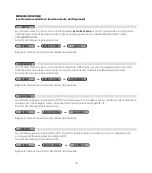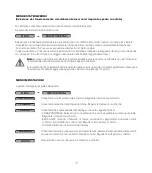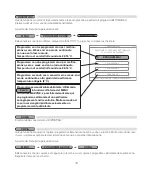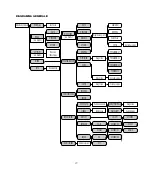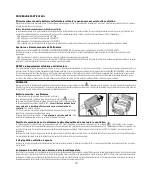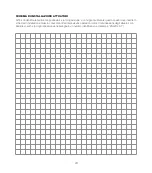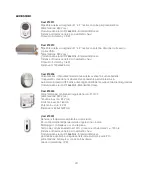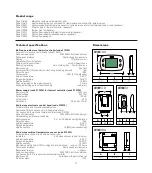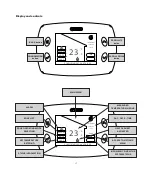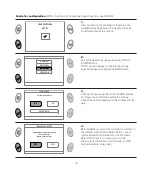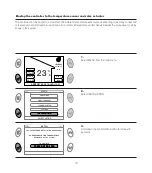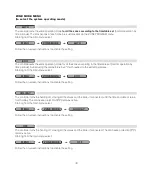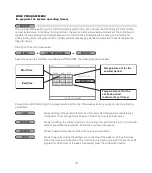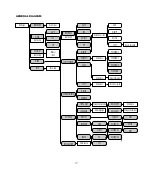
Operating principle
The controller manages the temperature in the various rooms by controlling the electronic actuators installed on the valves
of the individual heating bodies. We recommend to install the controller in a central point of the house.
The temperature sensor communicates the temperature measured in the individual zone to the controller allowing it to
adjust radiator valve opening.
A temperature sensor is fitted on the electronic actuator, which is used if the ambient temperature sensor is not installed
in the room or there is a communication problem, so as to ensure system operation at all times. In this case, the
temperature considered is an average of the temperatures measured by the actuator sensors of the zone. The controller
is equipped with its own temperature sensor, which is used if no other sensors are present.
Choosing the controller position
The controller (code 201500) requires a 24 V dc
electric supply.
A power supply code 210004 (optional)
is available to be wall-mounted in a suitable recessed
box.
Position the controller far away from doors, windows,
radiators and indirect heating sources, possibly at a
height between 1,2 - 1,5 metres from the ground. The
maximum transmission distance in closed
environments without any particular obstacles (such as
thick reinforced concrete walls, metal doors or screens,
etc.) is 30 metres (70 m in free air).
The controller can control up to 8 zones which in their
turn are individually able to control a maximum of 4
actuators (up to 32 actuators can hence be controlled).
Application examples
Zone temperature regulation with control of a
stand-alone boiler system
The controller receives the signal from the temperature
sensor to determine if heat is required in the individual
zone. Consequently, the valves in the relative zone are
adjusted. The boiler is activated by means of the
dedicated relay output if heat is required in at least one
of the zones.
Zone temperature
regulation with a
central boiler system
The controller receives
the signal from the
temperature sensor to
determine if heat is
required in the individual
zone. Consequently, the
valves in the relative
zone are adjusted.
6
Do not install the device in metal structures as this will probably reduce the transmission distance. The
distance between the actuators or the controller and other devices, such as computers or systems that emit
high-frequency signals, must be at least 0,5 m.

